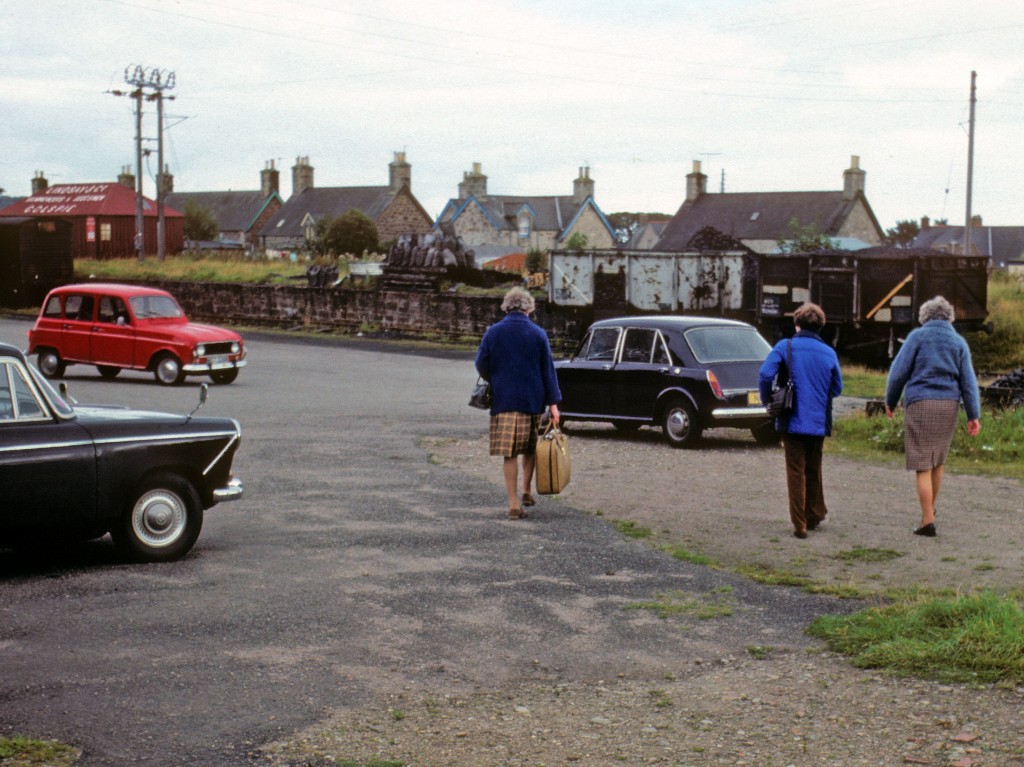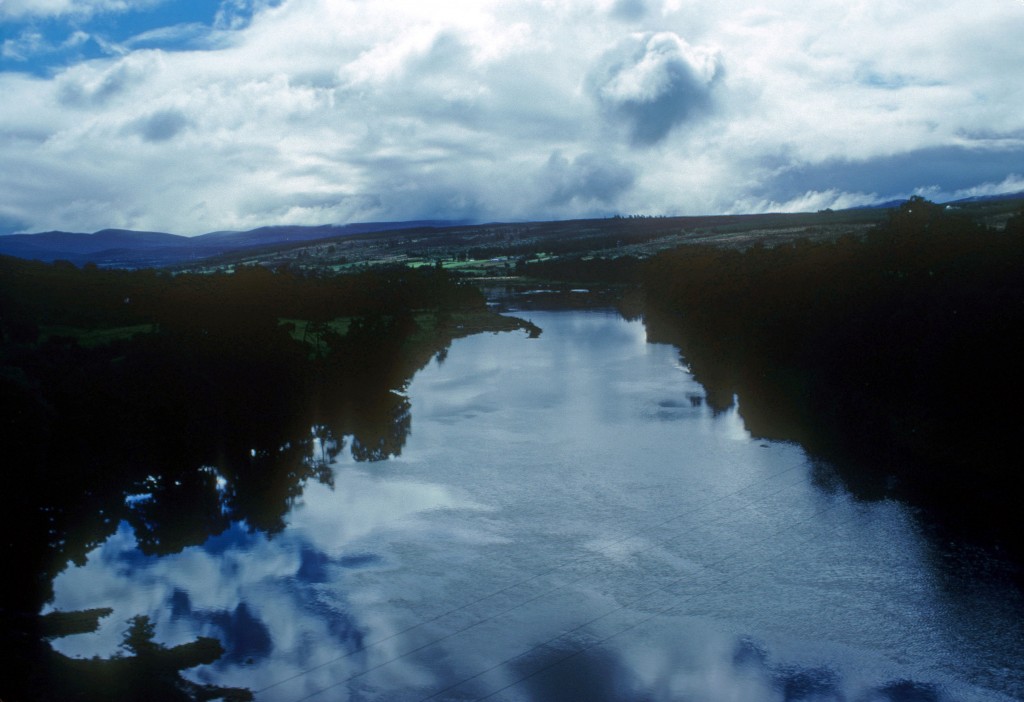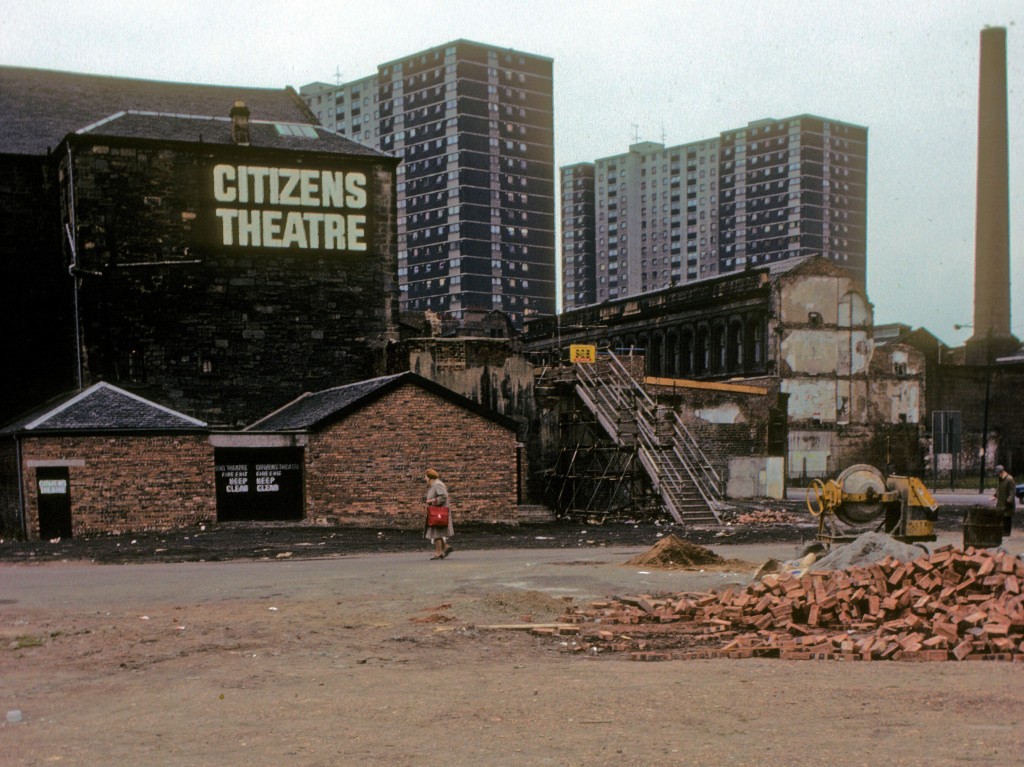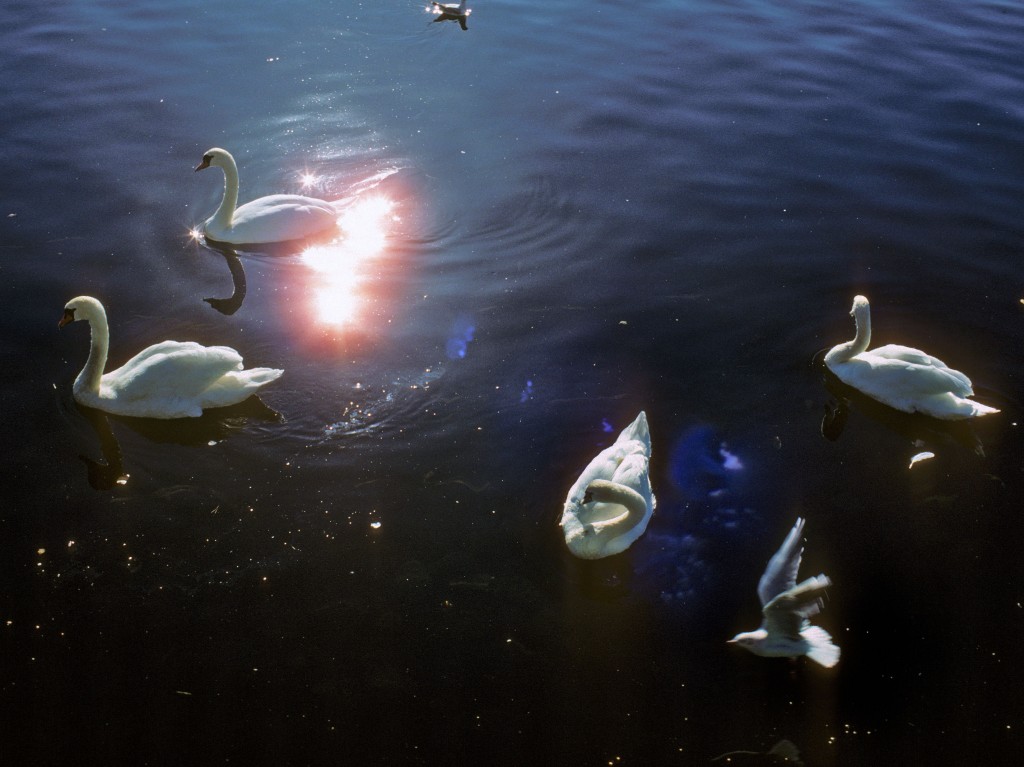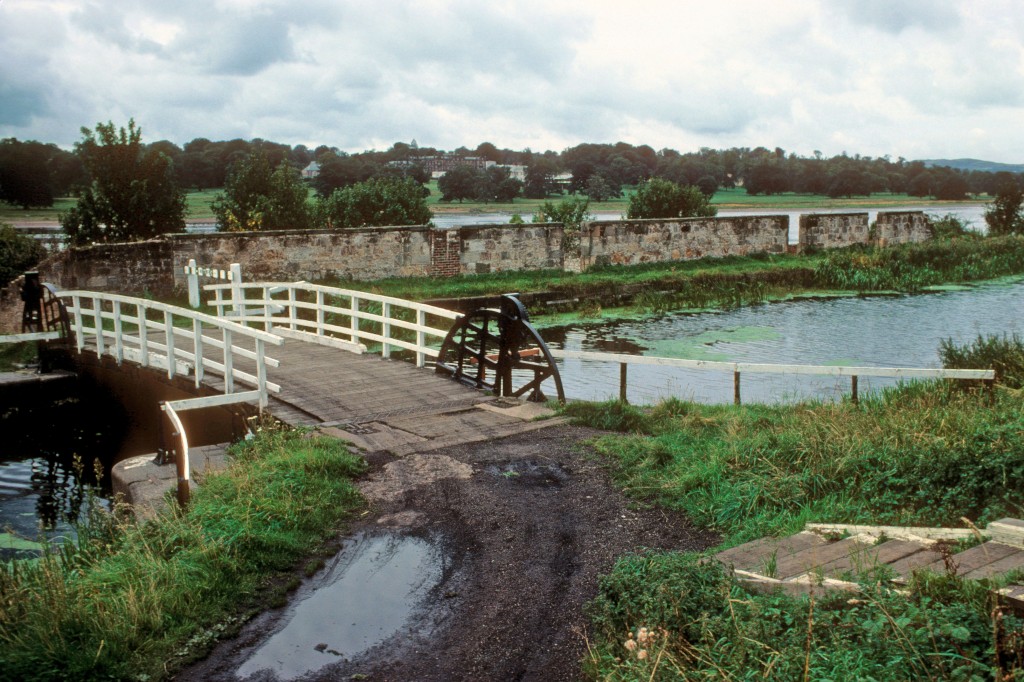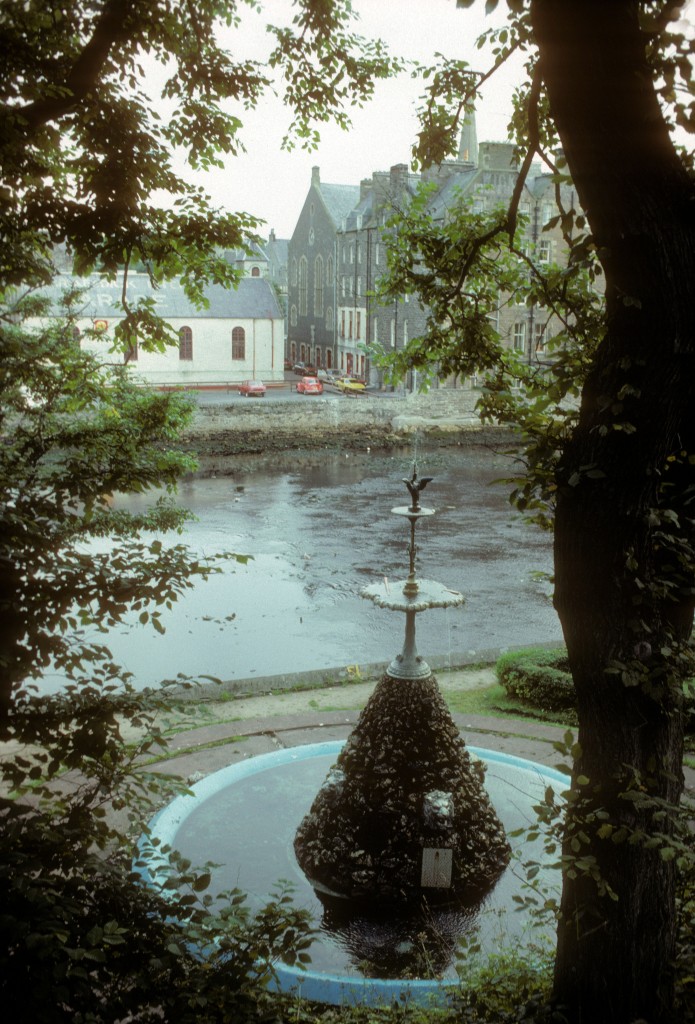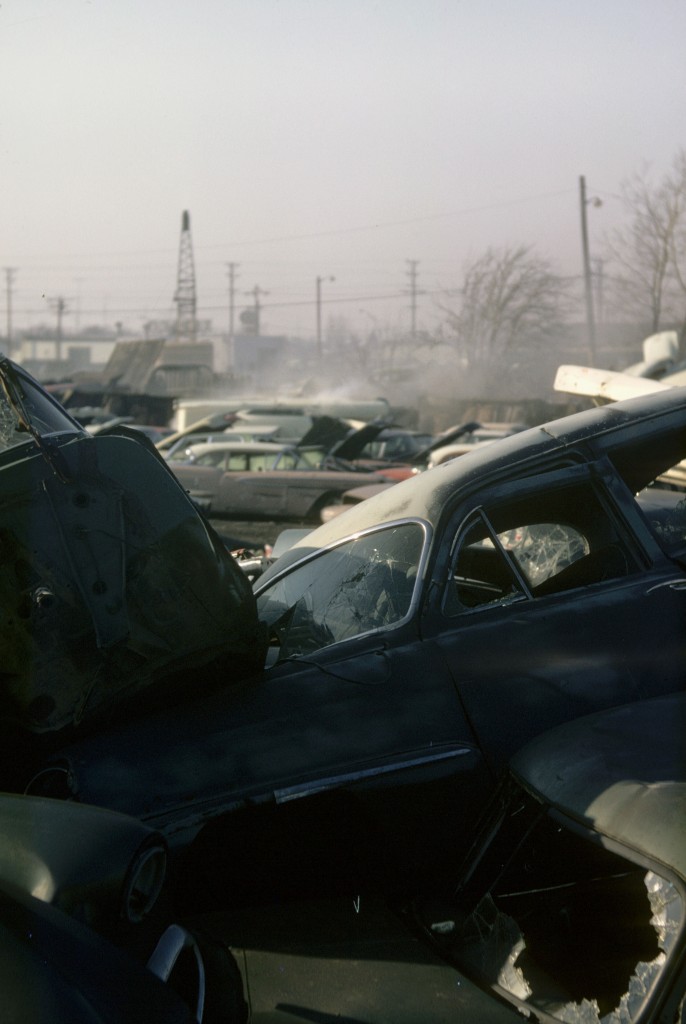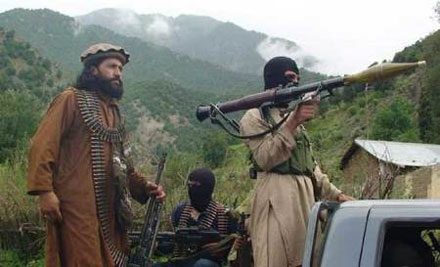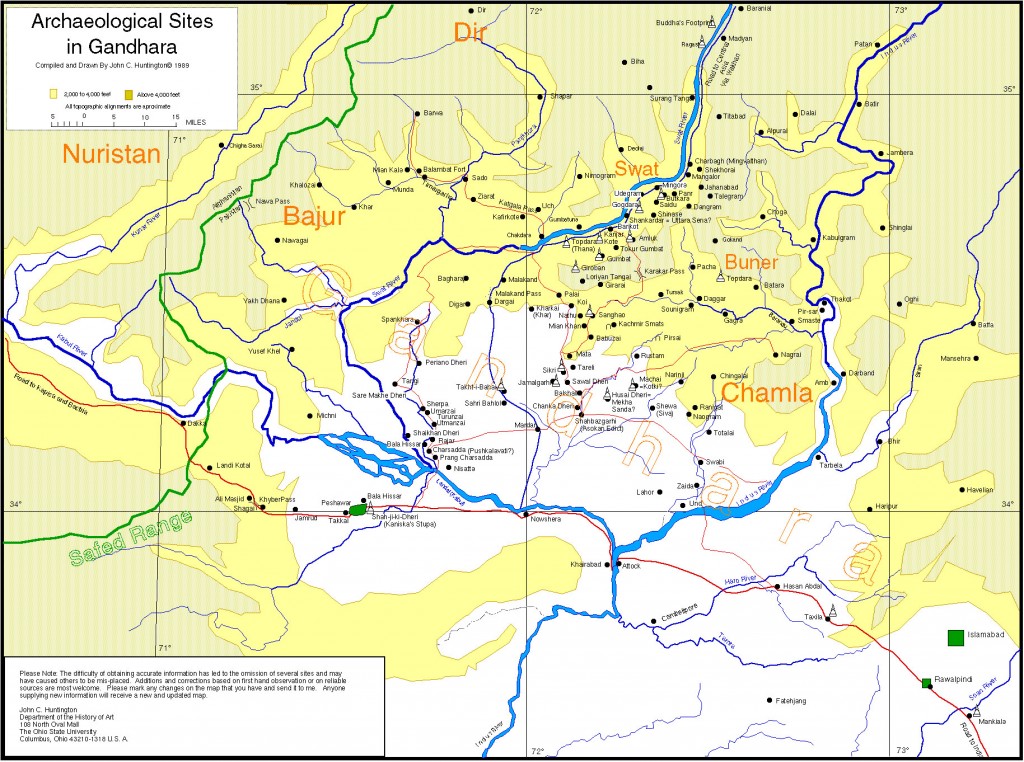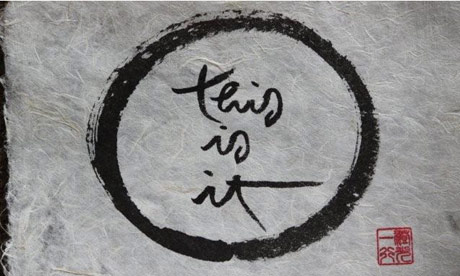Over on Facebook you can create a video from your timeline entries made over the ten years of the company’s existence. That is their birthday present to their billion or so users. I haven’t tried that yet.
I was instead prompted by all this interest in archival images to finish the task of getting my dabbling with film brought into the digital realm. I no longer have access to a film projector. (To be fair, they no longer have one at the local cinema either.) I don’t even own a reel to reel tape player. So, a few challenges to getting my old relics dubbed to video.
The film belatedly titled Parkside! was one of the prime motivators to doing this work. Much of my spendable income as a student went for the 16mm film stock and processing to produce this film as a project for a class of Charles Holzbog in 1971. I have not been able to screen the film for over forty years. Now I can screen it on an LCD display.
The film presents a documentary style approach to an event that never happened. It is descriptive of the mindset of a college student in the early ’70s.
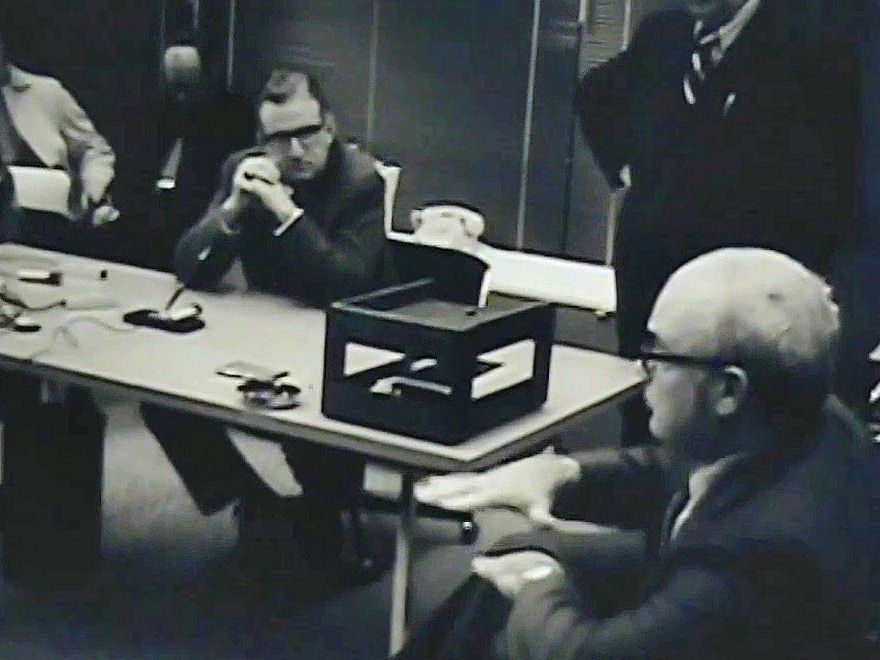
Parkside!
Then there is Organik. This was done with a Fujica Super 8 camera to learn the fundamentals of motion picture photography and editing. Funny how forty years changes everything. These films were put together with tape splices and a calculator to convert length into time. Now the magic of an optical printer is available on the simplest of video editing software. There’s never any need to squint at short pieces of film to see if you cut your product in the wrong place. No need for A and B rolls as such and no need to think about whether you have to shoot with negative stock and wait for a positive from the lab to start in on rough edits. Now that video has caught up with film in resolution and dynamic range, film making has become much less clumsy. The process of moving from vision to product has been considerably streamlined. The art remains the same.
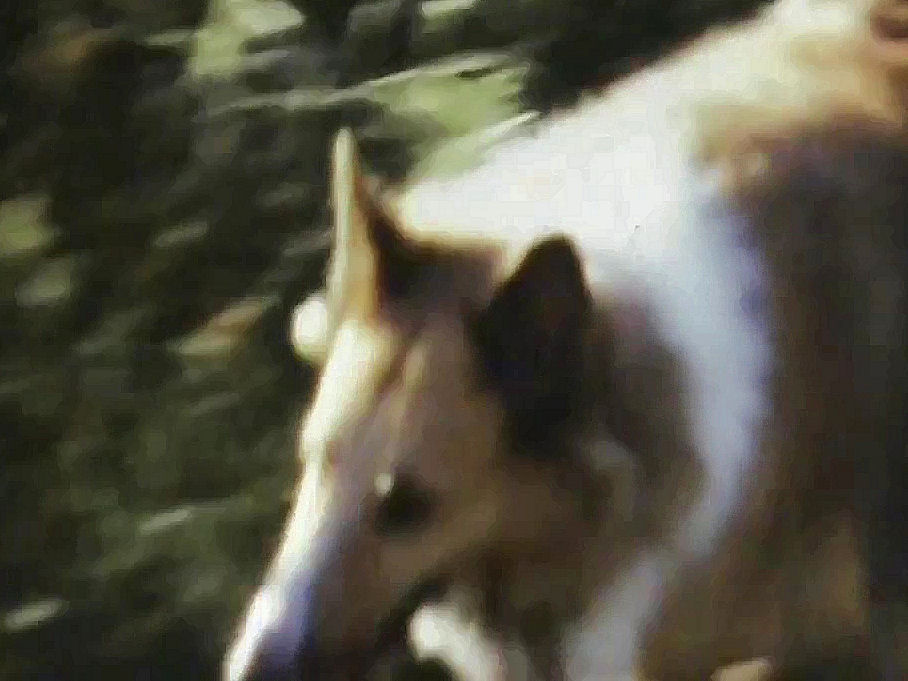
Organik
There is more on the way as soon as I can sort out how to get a slide show with audio into MP4 format. Creating a transition that looks like changing slides on a Kodak Carousel projector may be needed to keep the original feel of the presentation. Coming soon, I hope.

